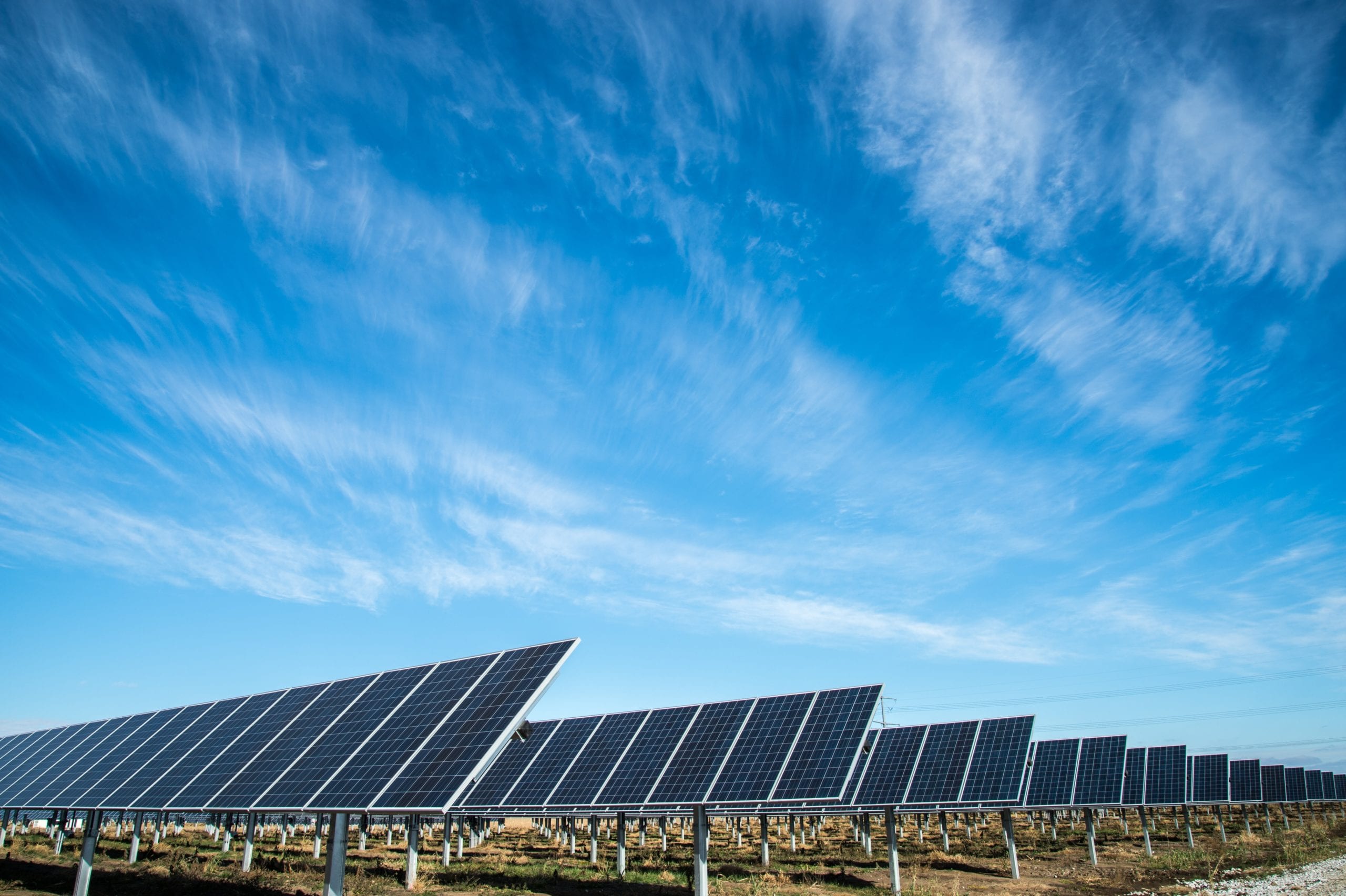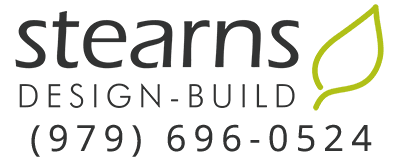
Remodeled home in Bryan / College Station, by Stearns Design Build
Our earth contains a lot of water, but only a small percentage of it is freshwater used for drinking, cooking, and cleaning. By being aware of how you can keep this water free of pollutants, you can take steps to improve your family’s health and the health of everyone and everything in your community.
RISK 7: STORM WATER RUNOFF
Storm water runoff is large amounts of rain that collect and wash over impermeable areas of pavement such as streets, driveways, sidewalks, and parking lots. This water carries with it chemicals and other pollutants, as well as trash and debris. The water and all that it contains then enters storm drains which feed into local bodies of water without being processed.
By simply disposing of household chemical products as directed on their containers, you can stop these pollutants from mixing into the local water supply. Make sure to pick up trash (try to recycle it if possible!) so that it doesn’t end up littering rivers, streams, and lakes in your area. Cleaning up or composting yard waste, such as grass clippings and branch trimmings, are ways to make sure this debris doesn’t get washed into storm drains. Also, pick up your pet waste! Although this is a job no one treasures, it helps prevent harmful bacteria from getting into local bodies of water. Plus, it frees you from having to worry about where you step in your yard.
You can also think about collecting rainwater in barrels or cisterns for later use in your gardens. This lessens the amount of runoff and prevents it from collecting chemicals in the street. You can also have designated areas in your yard where rainwater can naturally collect and be filtered by native plants. Such plantings along the street and driveway also help to filter water before it enters drains. If you ever make any changes to your patios, pathways, or driveways, consider using permeable pavement that allows water to soak through it into the ground instead of collecting into runoff.
RISK 8: DRINKING WATER WELLS
If you have a well on your property that you use for drinking water, you can take into consideration all of the above suggestions to keep it pure. Also make sure to have your water tested yearly, if not more frequently, to determine any potential dangers. Locate possible problem sources such as nearby livestock or septic tanks, as well as the close use of pesticides, fertilizers, and motor oil. Keeping all of these problem sources away from the well will reduce the risk of water contamination. Your well should be constructed so that runoff, potentially containing debris, bacteria, and pollutants, drains away from it. A cap or screen on your well will prevent vermin from entering and tainting your water.
RISK 9: HOUSEHOLD WASTEWATER TREATMENT
If you have a septic tank, frequent maintenance and pumping will prevent leakage of harmful bacteria into the surrounding groundwater. Also, refrain from using your septic tank as a means of flushing dangerous chemicals – dispose of these as directed on their container.









